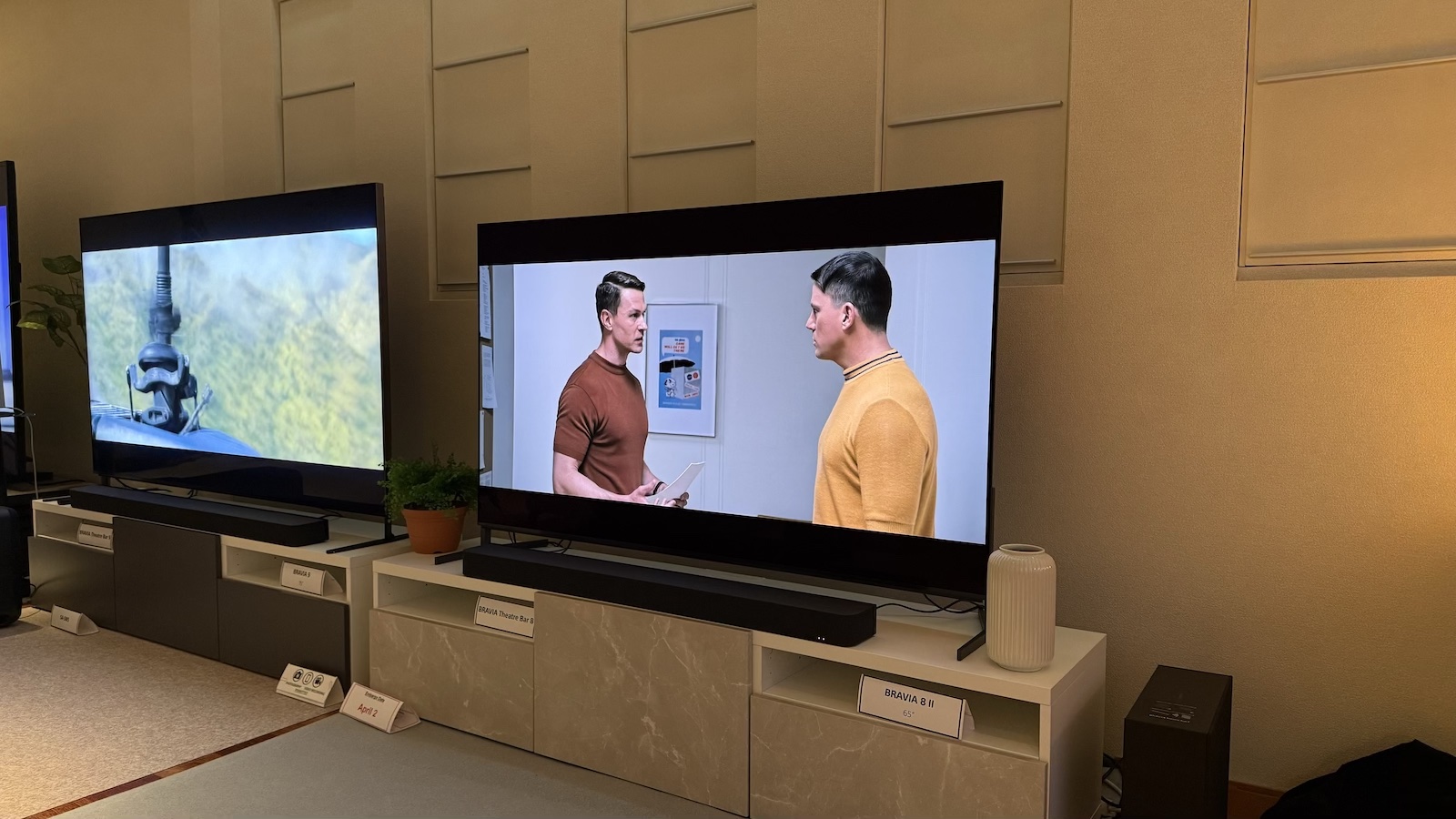6 ways to get near-perfect Dolby Atmos sound in an imperfect room
Achieve great home cinema sound in any room

While many of us dream of a dedicated home cinema room built entirely around the very best sound and vision experience, the reality for the majority is that our home cinema system needs to work in an existing – and very often imperfect – room.
Whether that comes down to shape, space, furniture or that where you watch TV also doubles as a home office, dining area or kid’s playroom, getting the perfect Dolby Atmos setup isn’t always possible. However, that doesn’t mean you can’t still get great Atmos sound – here are our top tips for getting there.
1. Move your TV into a better position
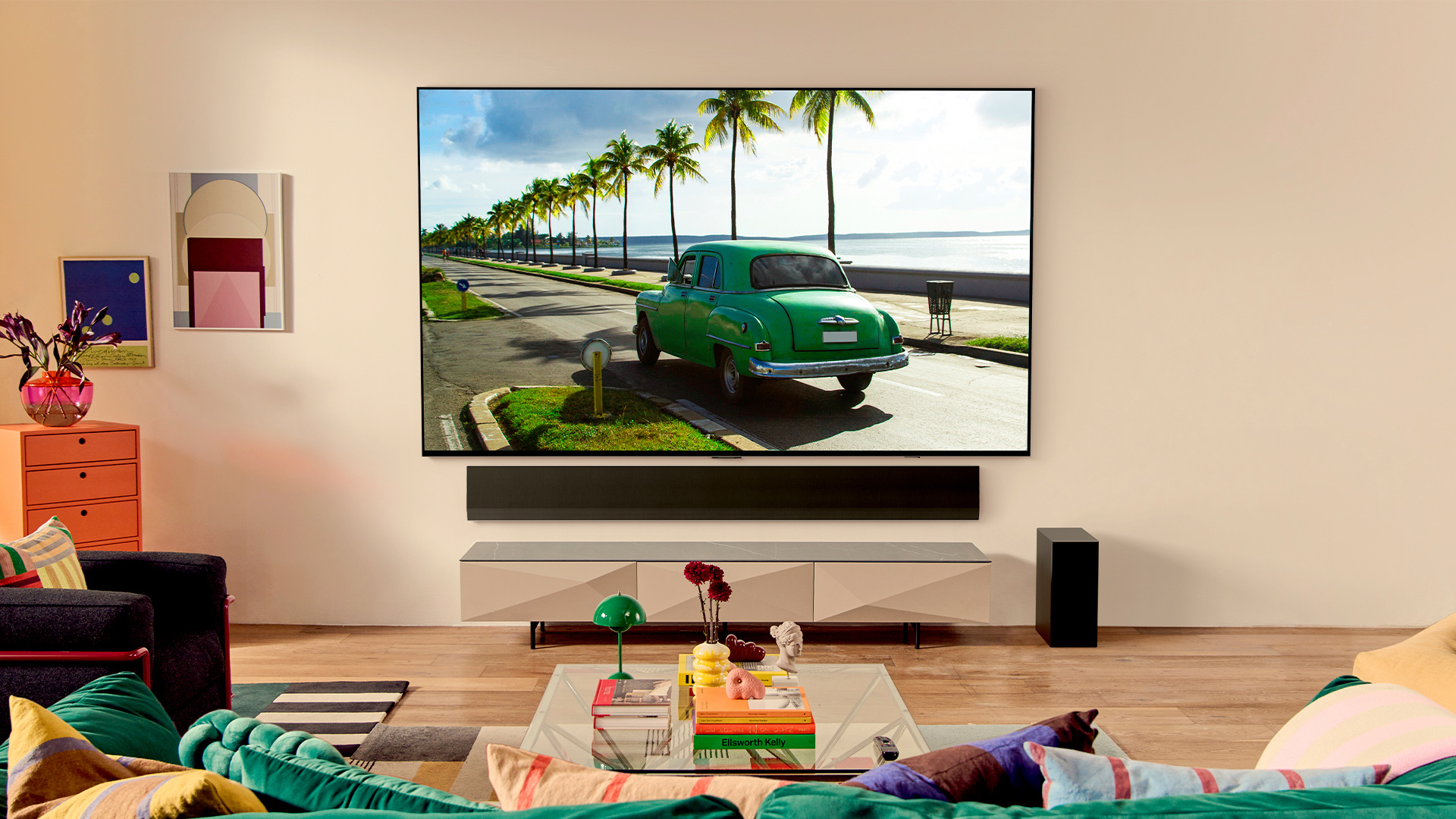
Where your TV is in your room often has a big impact on the position of any speakers, so it figures that by getting your TV into a better position, you’ll make a big step towards potentially better sound.
One of the trickiest positions for a TV to be in when it comes to adding speakers is shoved into a corner on an angle, so if this is your current setup, consider ways you could make it more centralised in your room. Perhaps you could look to move some furniture around or consider wall-mounting if the room layout or available floor space is too restrictive.
We largely advise against mounting TVs above a fireplace in an ideal situation, but that’s not the brief here. If it’s your only option, just be sure you’re using the right wall mount so it tilts or extends downwards to ensure your viewing position is correct, and that you’re following the manufacturer’s guidelines for placement if the fire will still be in use.
2. Mount your speakers
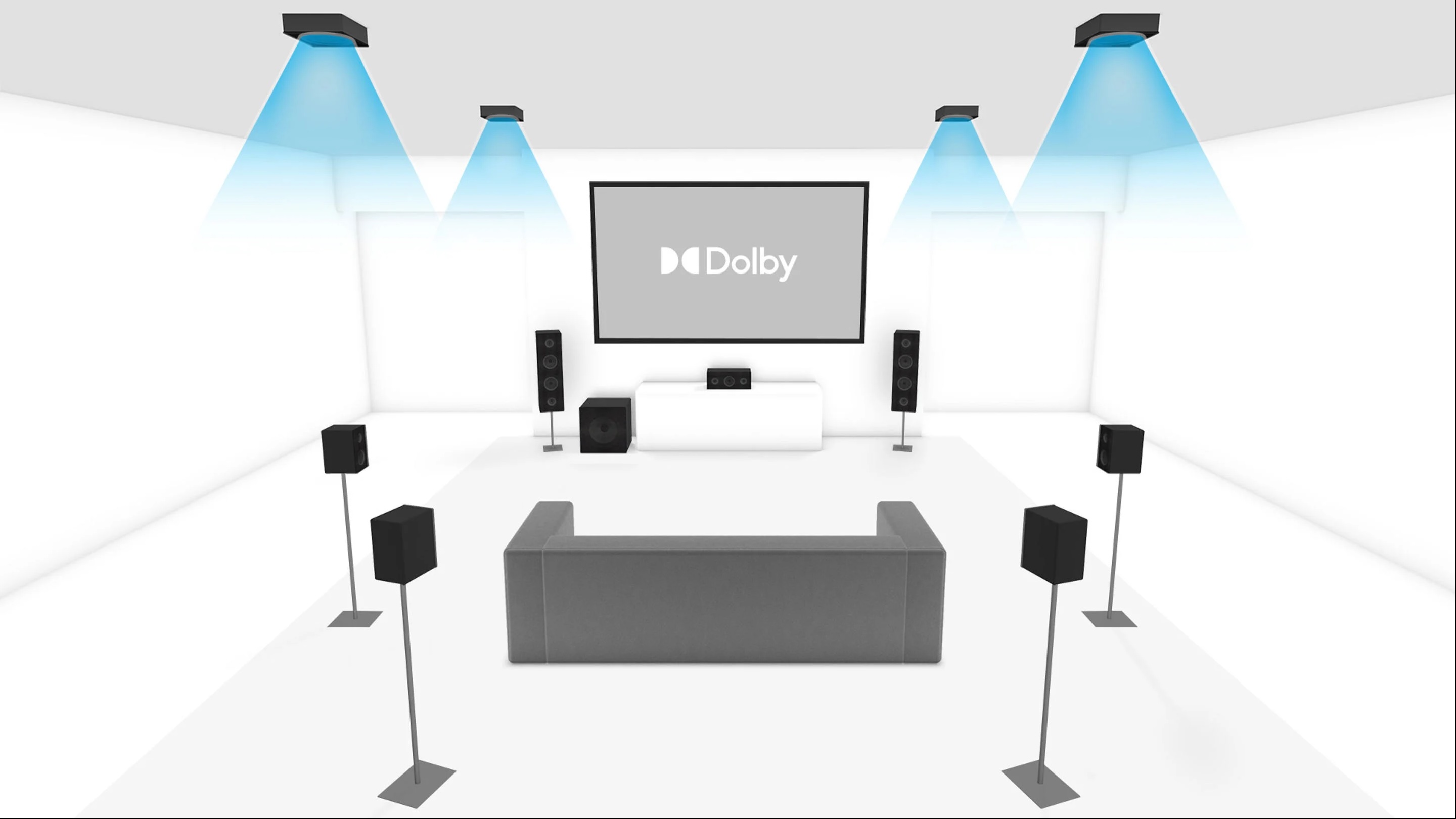
In a perfect room, you would have speakers in the manufacturer’s recommended positioning, but in an imperfect one, it’s about getting speakers as close to those recommendations as you can.
Your amplifier’s calibration will do some of the heavy lifting in terms of balancing the sound to your listening position, but if floor space for stands is tight, consider wall-mounting your speakers to get them into a decent position – avoid placing any Atmos speakers on a bookshelf since any obstruction above them could hamper their performance.
Instead, ceiling mounts or on-ceiling speakers are also a great option for getting an effective height channel for Atmos, particularly for anyone with high ceilings who might not hear the effect of an upwards-firing Atmos speaker add-on so effectively. It also saves you having to make massive holes in your ceiling to install the built-in options, which is generally preferred by anyone not undertaking a massive renovation project.
3. Consider a soundbar – particularly for low ceilings
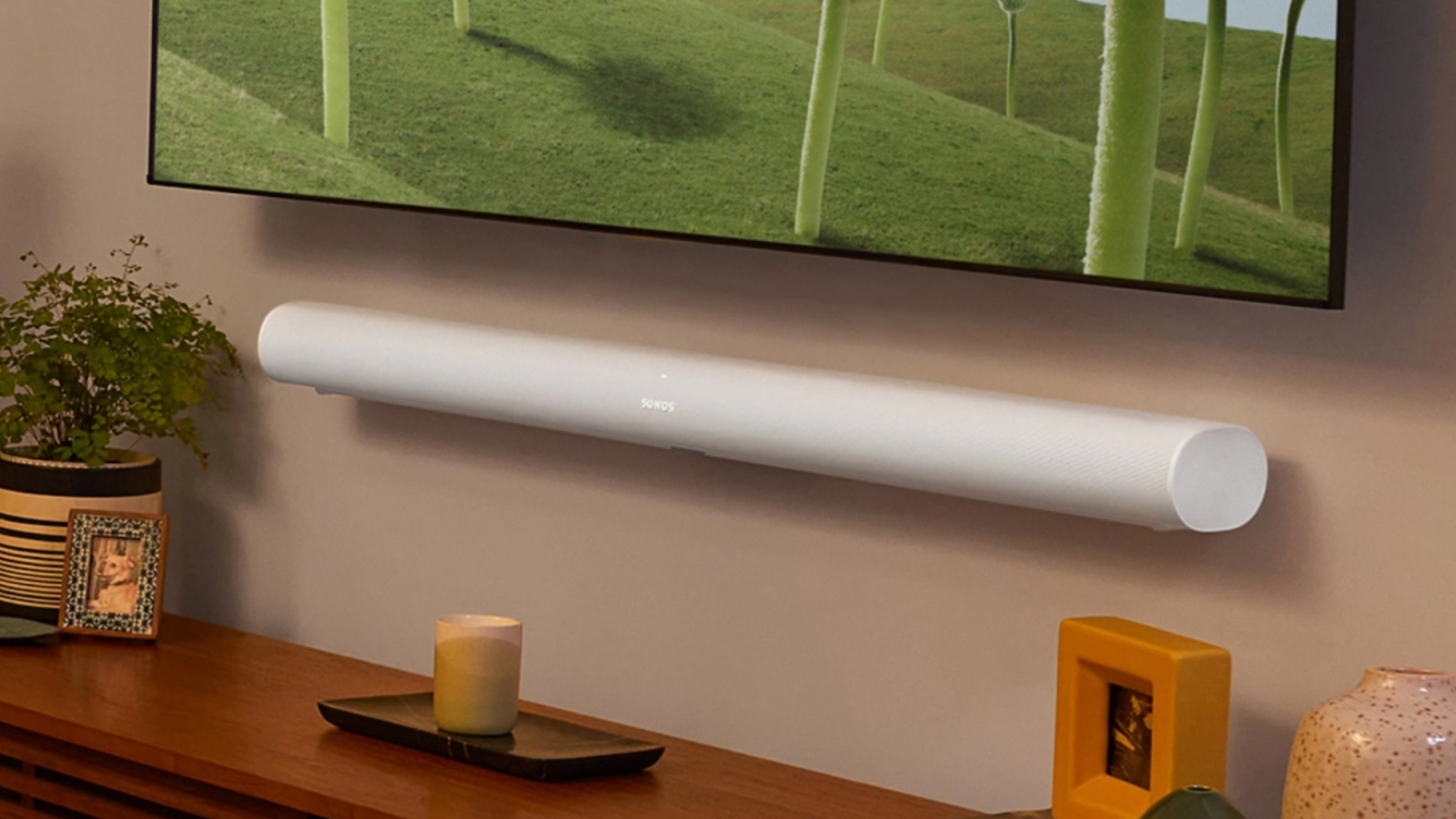
Dolby Atmos soundbars are getting better and better, so if a traditional Atmos speaker setup simply isn’t going to work for your room, then considering one of our favourite Dolby Atmos soundbars is a great alternative.
Overall, we prefer the performance from Atmos soundbars with proper upwards-firing drivers, such as the Sony HT-A7000, since they will actually fire the sound upwards to create true height channels. In fact, Dolby recommends a soundbar such as this over dedicated height speakers for rooms with lower ceilings (under 7.4ft).
However, we have also heard some pretty convincing virtual Atmos performances, such as that offered by the Sonos Beam Gen 2. These soundbars are usually more affordable, too, which is useful if you’re on a bit more of a budget.
4. Go bigger with wireless Dolby Atmos surrounds
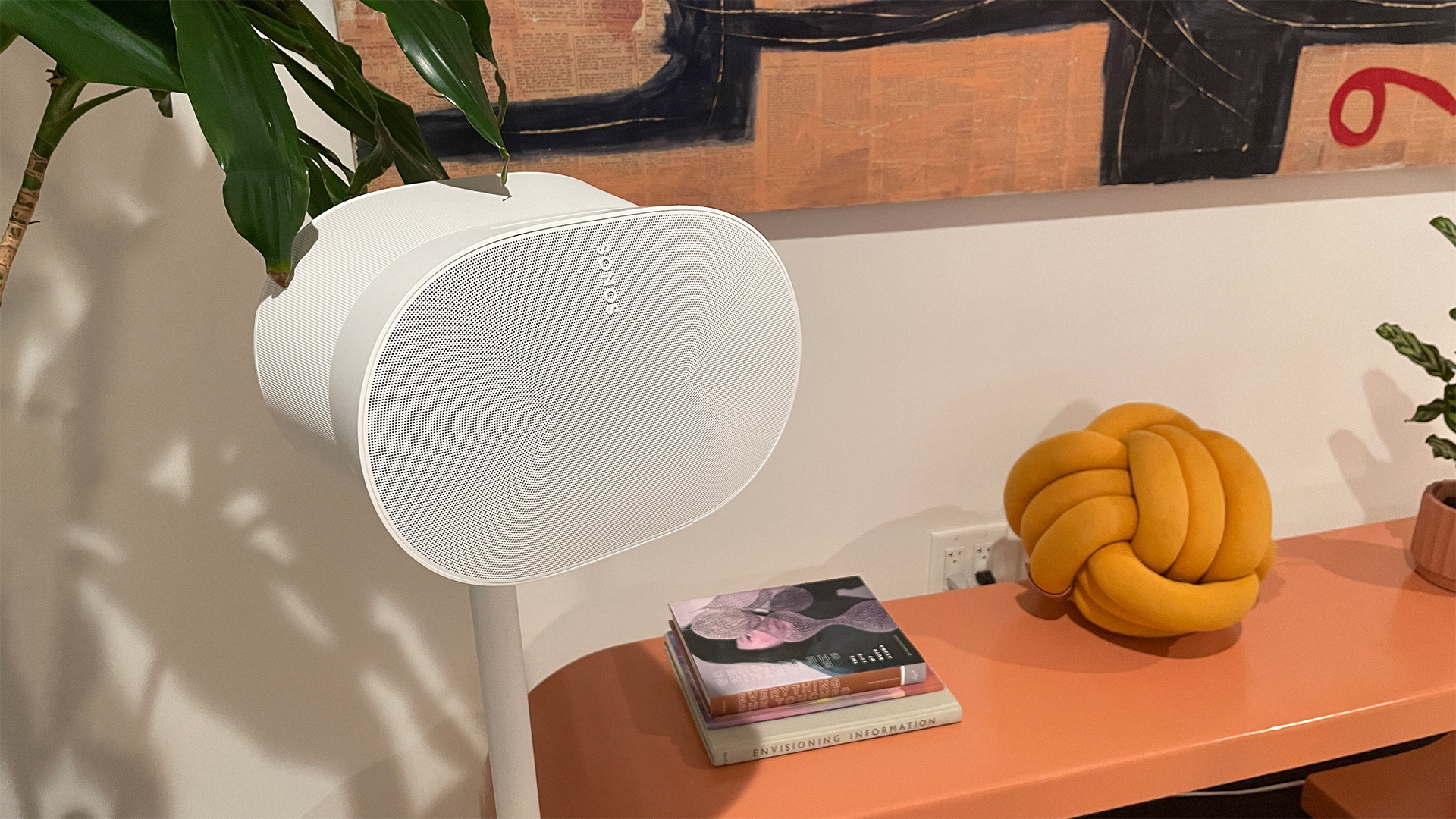
If you want to create a more convincing Dolby Atmos sound than a soundbar alone can manage but don’t want to trail wires around a difficult-shaped room, consider taking Atmos wireless with added wireless surrounds.
Manufacturers including LG, Sonos and Samsung offer this kind of setup, either as a package (the Samsung Q990D is a great example) at the point of purchase or as add-ons along the way (as is the Sonos approach). The wireless speakers do differ in size depending on which one you choose though (the Sonos Era 300 are pretty sizeable, for example) so do consider the space you have to play with as to which might be more manageable.
5. Keep an eye on Dolby Atmos FlexConnect
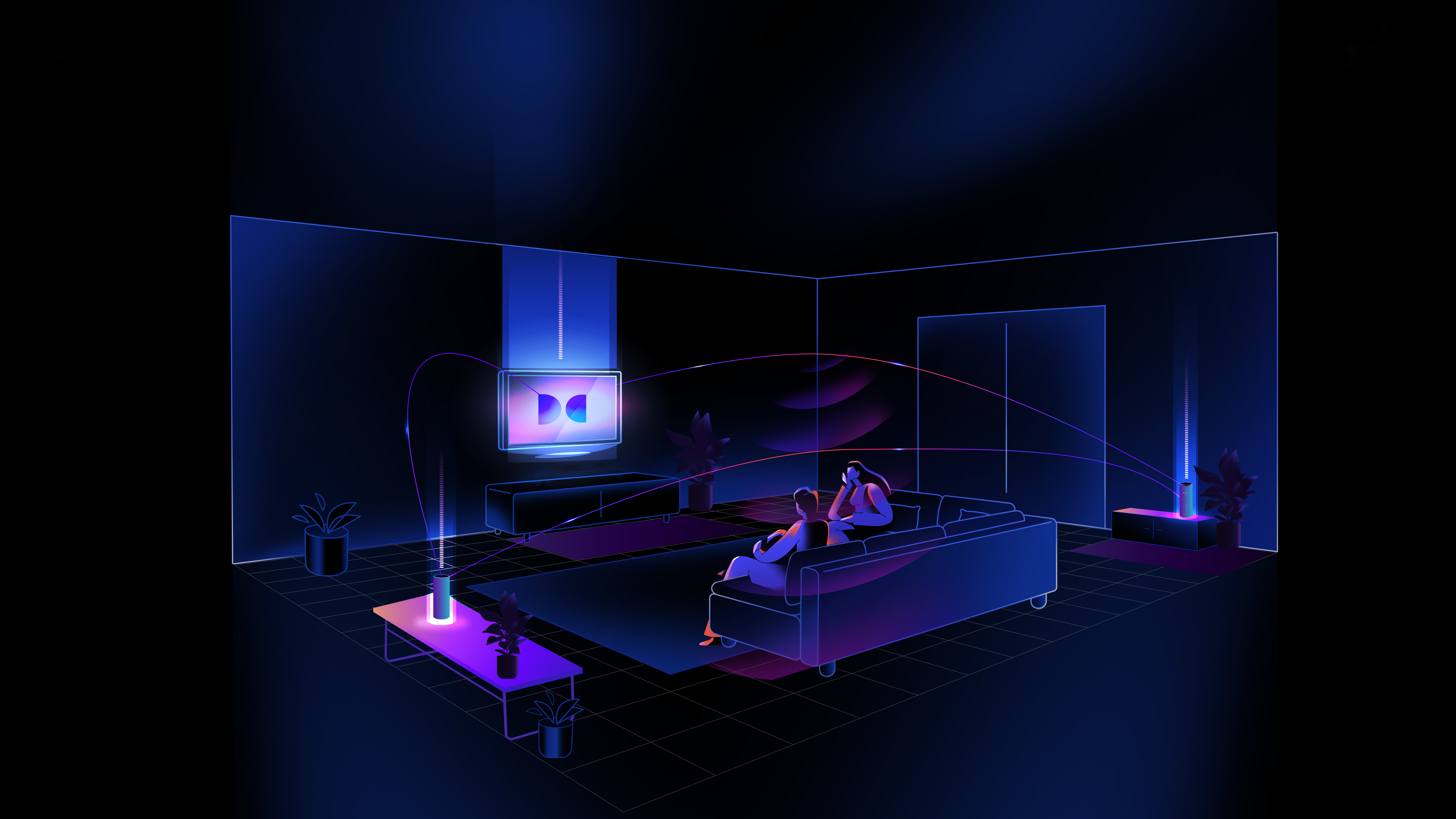
Dolby Atmos FlexConnect was announced at IFA 2023 and it looks like it could be the perfect answer for anyone looking to include Atmos in an imperfect room. You can read more about it in our, 'What is Dolby Atmos FlexConnect?' article, but, ultimately, FlexConnect wants to do away with the idea of traditional speaker placement and aims to produce a cohesive Atmos sound no matter how many speakers you have in your room and where they are placed.
It’s adaptive too, so even if you move a speaker, it will change its sound to suit the new placement. It’s supposed to launch in 2024, though there's no firm date for the first compatible products yet. We look forward to testing it out as soon as we can.
6. Understand your limitations
While 7.2.4 channels might be your goal, in a small room, or with a sofa that has to be against a back wall, you might be better off sticking with 5.1.2, or you could be wasting money paying for speakers that won’t deliver a benefit.
While Dolby’s extensive recommendations on speaker placement are based on the perfect room, they're still worth looking at – even if you take them with a pinch of salt and adapt them to suit your room. It'll give you a good starting point to see what's going to make the most sense in your room – imperfect and all.
MORE:
Dolby Atmos: What is it? How can you get it?
Read our pick of the best Dolby Atmos soundbars
Now check out the best Dolby Atmos movies to test your home cinema sound
Get the What Hi-Fi? Newsletter
The latest hi-fi, home cinema and tech news, reviews, buying advice and deals, direct to your inbox.
Verity is a freelance technology journalist and former Multimedia Editor at What Hi-Fi?.
Having chalked up more than 15 years in the industry, she has covered the highs and lows across the breadth of consumer tech, sometimes travelling to the other side of the world to do so. With a specialism in audio and TV, however, it means she's managed to spend a lot of time watching films and listening to music in the name of "work".
You'll occasionally catch her on BBC Radio commenting on the latest tech news stories, and always find her in the living room, tweaking terrible TV settings at parties.

